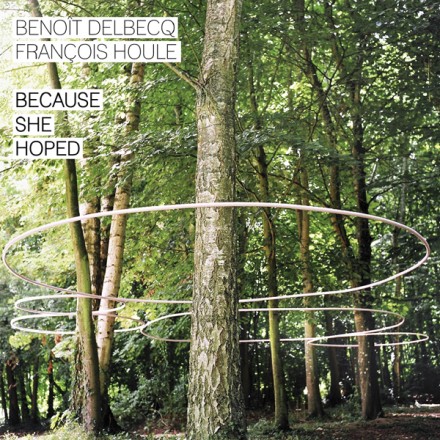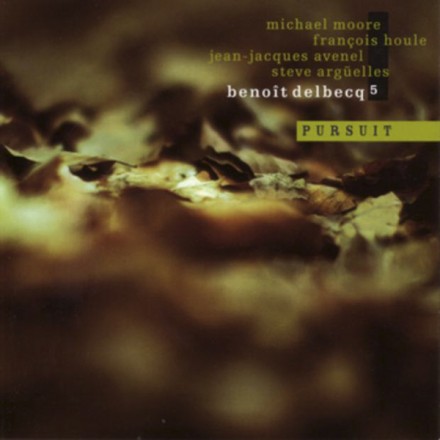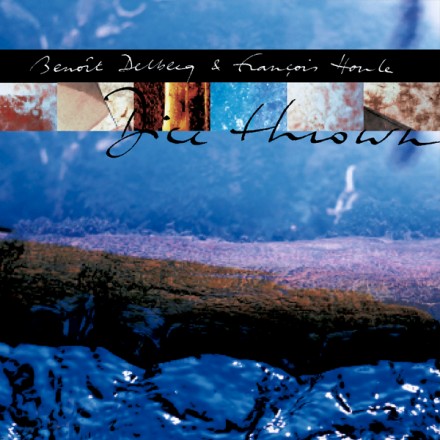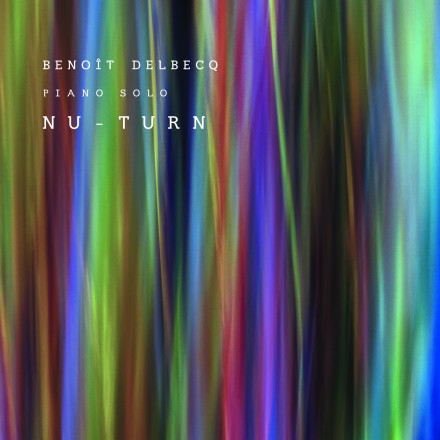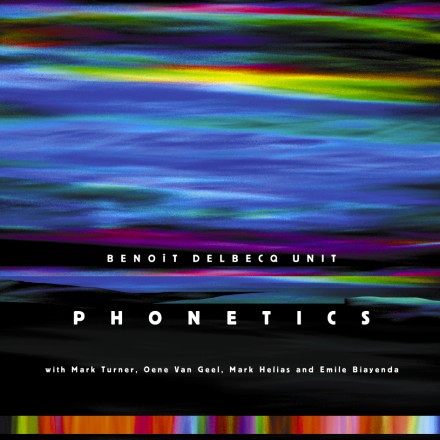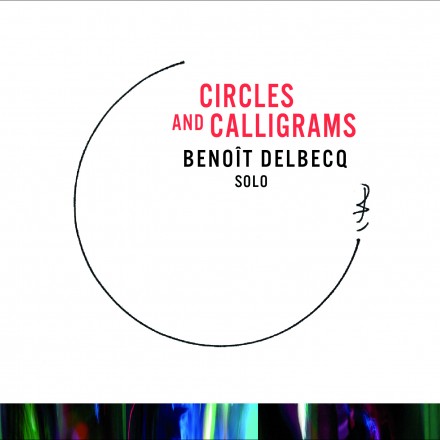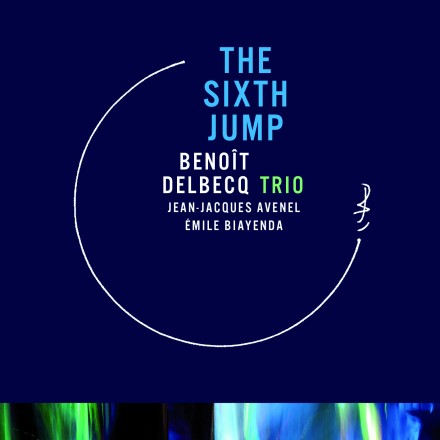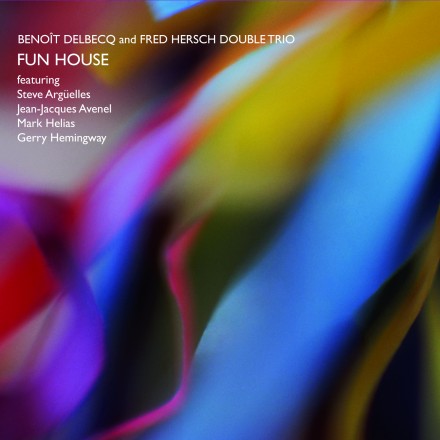Benoît Delbecq / François Houle
Because She Hoped
SGL 1592-2In 2010 Paris-based pianist Delbecq received the ultimate accolade from the French recording world, the Grand Prix Internationale du Disque in jazz, for his simultaneous releases The Sixth Jump (trio) and Circles and Calligrams (solo piano), his 9th and 10th for Songlines. Vancouver-based clarinetist Houle led Songlines’ first CD in 1992, and in 1998 created a John Carter tribute, In the Vernacular, featuring Dave Douglas and Mark Dresser. The duo’s third recording for Songlines (following Nancali, 1997, and Dice Thrown, 2002) offers the opportunity to take stock of two distinctive composer-performers whose work together has its own very particular synergy.
Houle and Delbecq have both pioneered extended techniques on their instruments. Delbecq is known for his extensive use of piano preparations, developing a style inspired equally by Cage and Ligeti, African pygmy polyphony, and Steve Coleman, Steve Lacy and other jazz greats. His process transforms the piano’s natural resources into an evolving weave of textures and colours, improvised rhythmic-melodic ‘fabrics’ combining regular notes and prepared pitch-timbres. Houle studied with Evan Parker, adapting the saxophonist’s innovations to the clarinet and integrating classical technique with blue notes and quarter tones, circular breathing, sound effects, playing without a mouthpiece, etc.
So with all this expressive fire-power at their disposal it’s striking how serene yet playful much of the music feels, reflecting how two old friends went about re-inventing their musical relationship for a few hours in the studio (and on a subsequent short tour) after a rather long hiatus. As François puts it: “Duo playing is about the most intimate way to communicate with another musician. I have grown to have a deeper understanding of Benoît’s language and sound world, which always provides me with clues as to how to execute ideas in different ways. But the beauty with this sound world is that there are so many mysteries yet to investigate….How this plays out is that we don’t try to formulate premeditated structures, or to ever adopt a traditional call and response, solo/accompaniment thing, except for the Ellington and Lacy pieces, which seemed to require a certain structural rigour. Our improvisations are much more akin to embroidery, painstakingly paying attention to the kind of fabric we want to create, working symbiotically to achieve that by complementing each other. Of course solos emerge, but that is in consideration of what each individual has to state in the context of the performance….Most of Benoît’s music has an intrinsic poetic quality which manifests itself in liquid melodic lines. I respond to that very deeply, in some ways even more than to the rhythmic aspects of his music. Almost all my compositions on this recording are all about melody, instilling a slower pacing to the proceedings than in past recordings where the accent was perhaps slightly more focused on rhythm and virtuosity.”
Benoît adds: “I find the musical flow very special on this recording, it is calm and somehow feverish all together….I think things move so fast inside when we play that it’s complex to describe what’s going on. I remember something Dave Holland told me, back at the Banff Jazz workshop, 1987: ‘Playing needs to be unconscious and accurate while accurate listening has to be fully conscious.’ I think this sentence totally applies to our duo. There is something highly conscious in the instant auto-analysis of the playing, and something definitely unconscious in the freedom we use – which is, for me, what a jazz ‘ear attitude and altitude’ is all about.”
Even the sound of this high-res (24bit/96K) recording is special, thanks to the work of Delbecq’s collaborators: recording/mixing engineer Etienne Bultingaire, who has done live sound diffusion for Boulez and Pierre Henry; and cinema sound designer Nicolas Becker, who contributed a set of impulse responses he recently created in the huge greenhouse of a French chateau. Benoît explains: “Using such an IR means that you’re placing the duo virtually inside this greenhouse, just as if we had played in it; it simulates ambient mics catching the resonances of that space. [In mixing] you send some of the mics into this preset, then you just have to adjust the general tone of the reverb returns – there might be two or three different presets mixed together. I like the feeling of constructing an imaginary ideal venue.” Beyond such questions of expressive means however there is a contemplative core to this music, something indeed mysterious and enigmatic, that continues to fascinate.
Watch the making-of video here.
“The brilliant and award-winning pianist Delbecq and Vancouver-based clarinettist Houle both share a deep love for free improvisations around rich melodies and have enjoyed a fruitful recording and performing relationship since the mid-nineties. Beginning the set with Duke Ellington’s ‘The Mystery Song’ in some ways sets the pattern for the remaining 9 tracks. The title track is particularly beautiful; sparse and atmospheric interplay between both instruments leaves an amazing amount of space to follow the resonating notes out into as you listen. It is followed by Lacy’s ‘Cliches’ which has a near African rhythm pattern at its heart and just flies at you.” Grade: A
– Stuart Derdeyn, The Province
